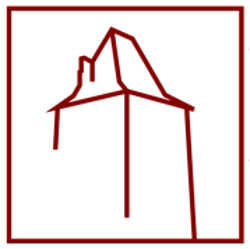The time of fascism
After the fascist party came to power in Germany, the situation of the Polish population, but also many other groups of German society in the then-proclaimed Third Reich, changed drastically. Any left movements were first to undergo scrutiny – socialist views could be expressed only in the context of the National Socialist German Workers’ Party (NSDAP) and had to be compliant with the beliefs of its ruler – Adolf Hitler. Any person expressing different views had to emigrate from Germany or be aware of the possibility of experiencing repressions, being sentenced to death, or, in the best case, getting sent to one of the concentration camps built at that time. Such was the fate of German Jews, conservatives, catholic activists, and many priests and friars. After the expiry of the German-Polish Convention regarding Upper Silesia in 1937, the repressions affected the Poles as well.
What constituted the sign of thorough Germanization action was the renaming of the dynamically developing town of Kandrzin, the name of which sounded too Slavic, to Heydebreck on 16 March 1934 – in honor of the commander of the Freikorps battalion, who conquered Kędzierzyn during the Third Silesian Uprising. His name was Hans-Adam Otto von Heydebreck, who, at the time when the town was named after him, was a high-ranking officer of the SA; however, he was later shot during the so-called Nights of the Long Knives, when the battle for domination raged within the NSDAP.
For the Koźle Region, the period when the fascists were in power meant, on one side, the Germanization of names and surnames conducted in 1936, but also a dynamic development of the chemical industry and infrastructure – during that time, the Gliwice Canal was built. All of these investments involved the work of forced laborers – German opponents of the system and Jews at first, and later, prisoners and captives from conquered countries.
It is estimated that about 50 thousand laborers gathered in several concentration camps participated in the construction of both chemical factories. The majority of them came from Poland, Russia, or Belgium; however, there were English and French prisoners as well. One of the camps with particularly severe conditions was situated near the train station in Sławięcice and was called Judenlager – a camp for Jewish prisoners. It usually housed about 4000 prisoners of Jewish origin, who were brought there mainly from Western Europe. The prisoners and forced laborers died in high numbers due to inhumane living conditions and extremely exhausting work. For any help provided to the prisoners, the local population was punished with death.







